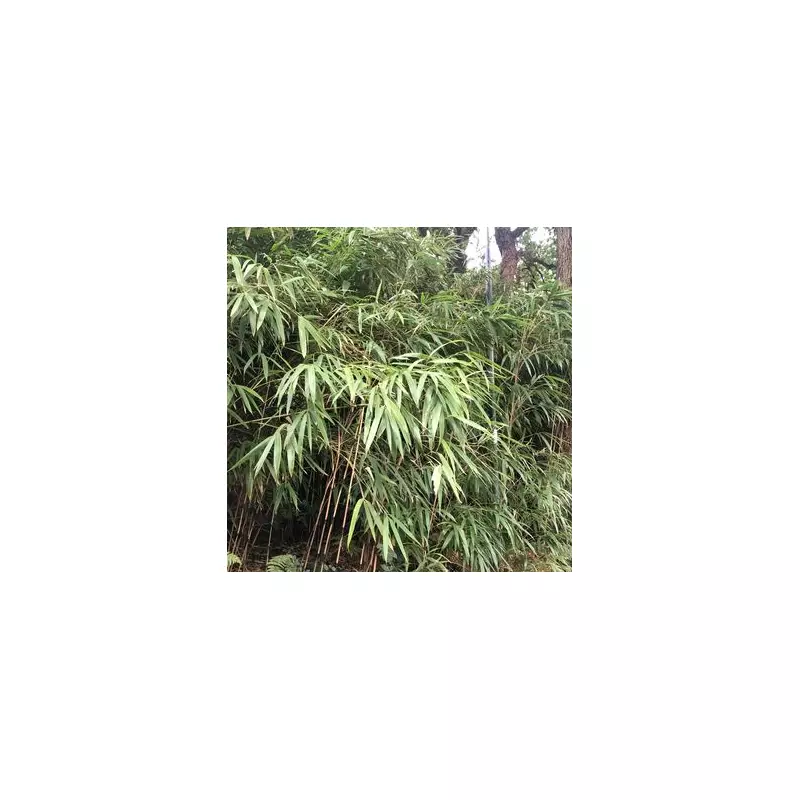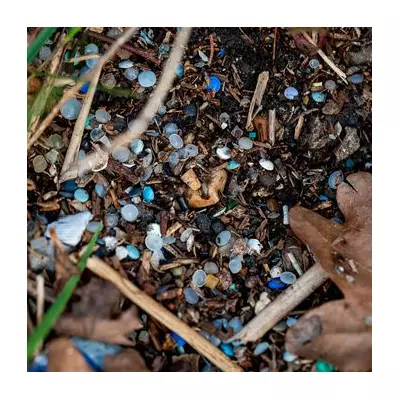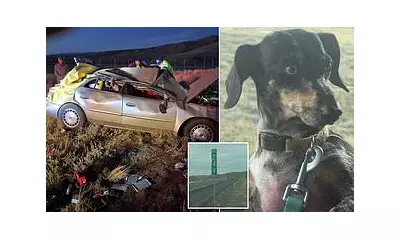
Green-fingered Brits are being warned about hidden dangers lurking in their gardens that could pose serious threats to beloved family pets. While our outdoor spaces provide enjoyment and beauty, certain common plants contain toxins that can cause anything from mild discomfort to life-threatening conditions in cats and dogs.
The Hidden Hazards in Your Back Garden
Many gardeners are completely unaware that some of the most popular planting choices contain natural chemicals that can be harmful or even fatal to animals. With pet ownership at record levels in the UK, understanding these risks is crucial for keeping our four-legged friends safe.
1. The Deceptively Beautiful Lily
While stunning to look at, lilies represent one of the most dangerous choices for households with cats. Every part of this plant – from petals and leaves to pollen and even the water in the vase – contains toxins that can cause kidney failure in felines.
Symptoms to watch for:
- Vomiting and lethargy
- Loss of appetite
- Increased thirst and urination
- Seizures in severe cases
2. The Classic English Favourite: Daffodils
These cheerful yellow heralds of spring contain toxic alkaloids throughout the plant, with the highest concentration found in the bulbs. If dug up and chewed by curious pets, they can cause severe vomiting, diarrhoea, and even cardiac arrhythmias.
3. The Fragrant Danger: Lily of the Valley
This delicate, sweet-smelling plant contains cardiac glycosides that can affect heart rhythm in both cats and dogs. Even small amounts ingested can lead to serious cardiac problems, requiring immediate veterinary attention.
4. The Common Climber: Ivy
English ivy, frequently used as ground cover or climbing walls, contains triterpenoid saponins that can cause abdominal pain, hypersalivation, and diarrhoea in pets who chew on the leaves.
Protecting Your Pets: Practical Prevention
Garden planning: Consider creating raised beds or designated pet-free zones for potentially harmful plants. Research pet-safe alternatives before visiting the garden centre.
Supervision is key: Monitor your pets when they're in the garden, especially during their first explorations of spring growth.
Know the signs: Familiarise yourself with symptoms of plant poisoning, including vomiting, drooling, difficulty breathing, or unusual lethargy.
Emergency preparedness: Keep your vet's number handy and know the location of your nearest 24-hour emergency clinic.
If you suspect your pet has ingested any potentially toxic plant, contact your veterinarian immediately. Quick action can make all the difference in preventing serious health complications and ensuring your garden remains a safe haven for the entire family.





